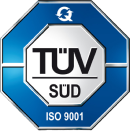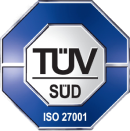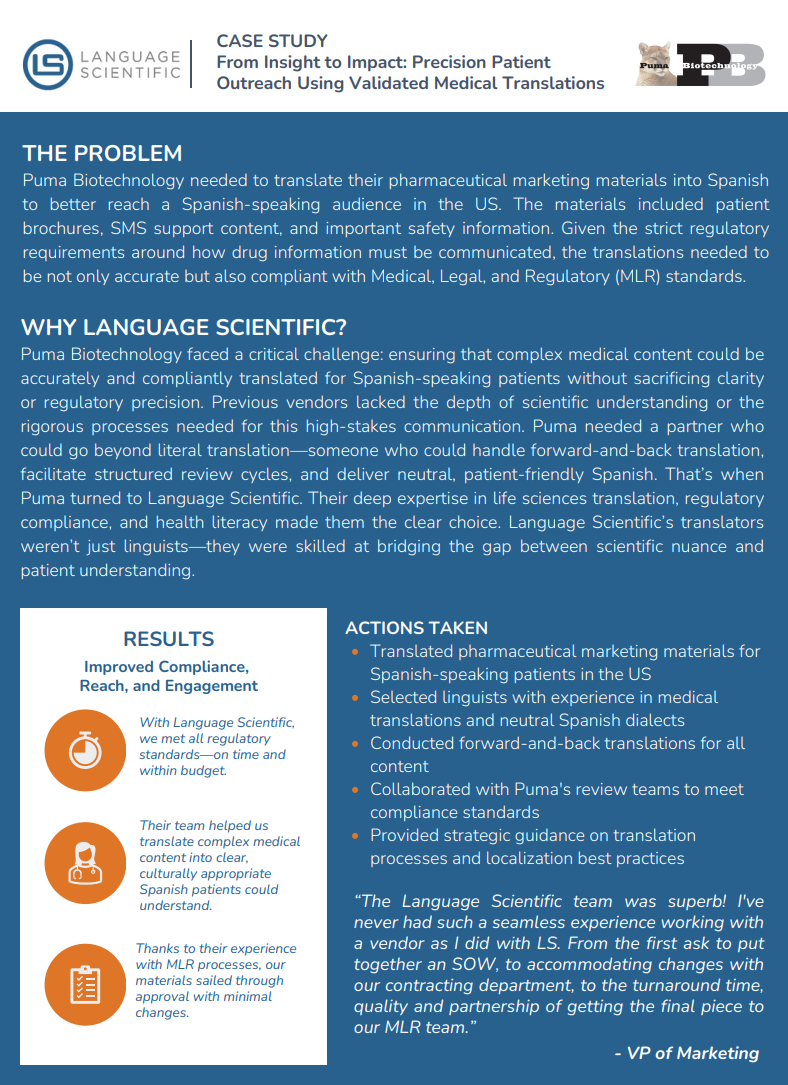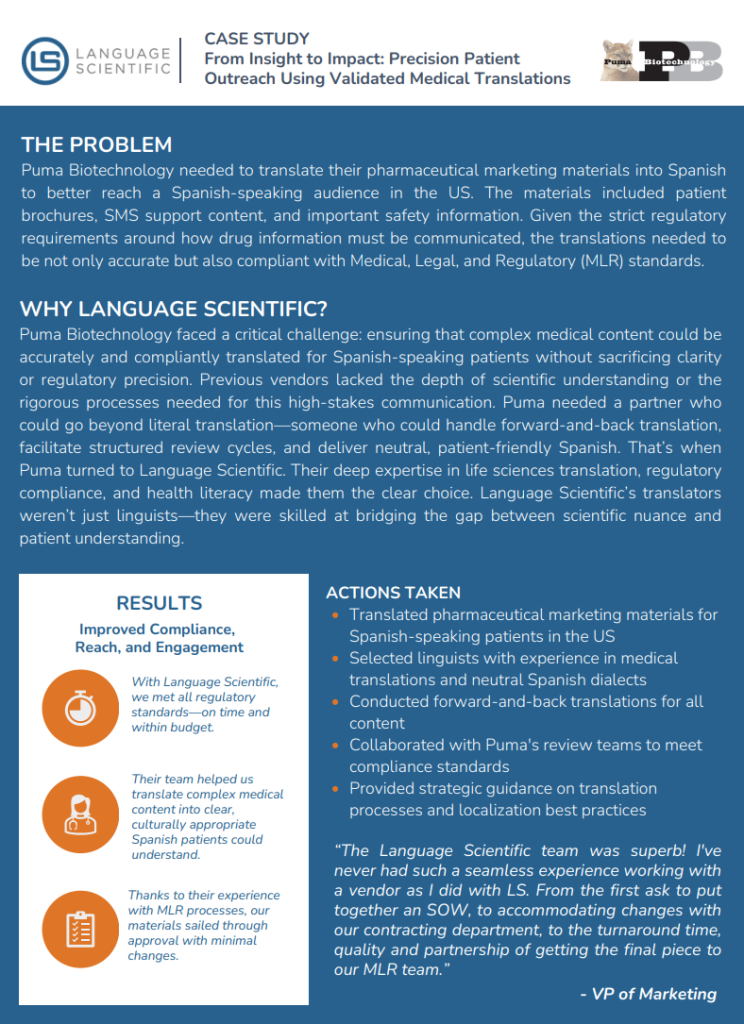Achieve visual consistency across languages with our multilingual desktop publishing services. We provide high-quality, on-time solutions tailored to industry-specific content and global design standards, supporting your international communication goals.



Language Scientific’s Multilingual Desktop Publishing (DTP) team can localize documents in any language, be they double-byte character languages such as Chinese or right-to-left languages such as Arabic or Hebrew.
Translation of technical documents from one language to another has substantial impact on the graphical layout of documents. For example:
We work on a variety of operating systems, and employ state-of-the-art multilingual graphics, e-learning and publishing software, including:
We work with you to select the kind of output that best suits your company’s needs, for both online and offline publishing, including:
At Language Scientific, our desktop publishing specialists work hand-in-hand with native-speaking proofreaders to ensure that meaning is not compromised when adjustments are made to accommodate formatting variations that occur in different languages and character sets. Every formatted document is proofed by a language-specific proofreader to ensure that all standards of quality have been met. Read more about Language Scientific’s Quality Management Principles and Methodology for Technical Translation.
AI is redefining technical and medical translation by ensuring accuracy, speed and regulatory compliance across your projects. Our AI-optimized translation solutions streamline the translation of complex technical and medical documentation, enabling clear communication across the globe. By combining AI efficiency with expert human review, Language Scientific can deliver precise, reliable translations that meet the highest standards for regulatory compliance.
Language Scientific, Inc.® is a privately held corporation headquartered in Needham, Massachusetts.
Language Scientific, 100 Crescent Rd Needham, MA 02494
+1 617-621-0940
info@languagescientific.com



See how Puma Biotechnology improved compliance, engagement, and clarity using validated Spanish medical translations.